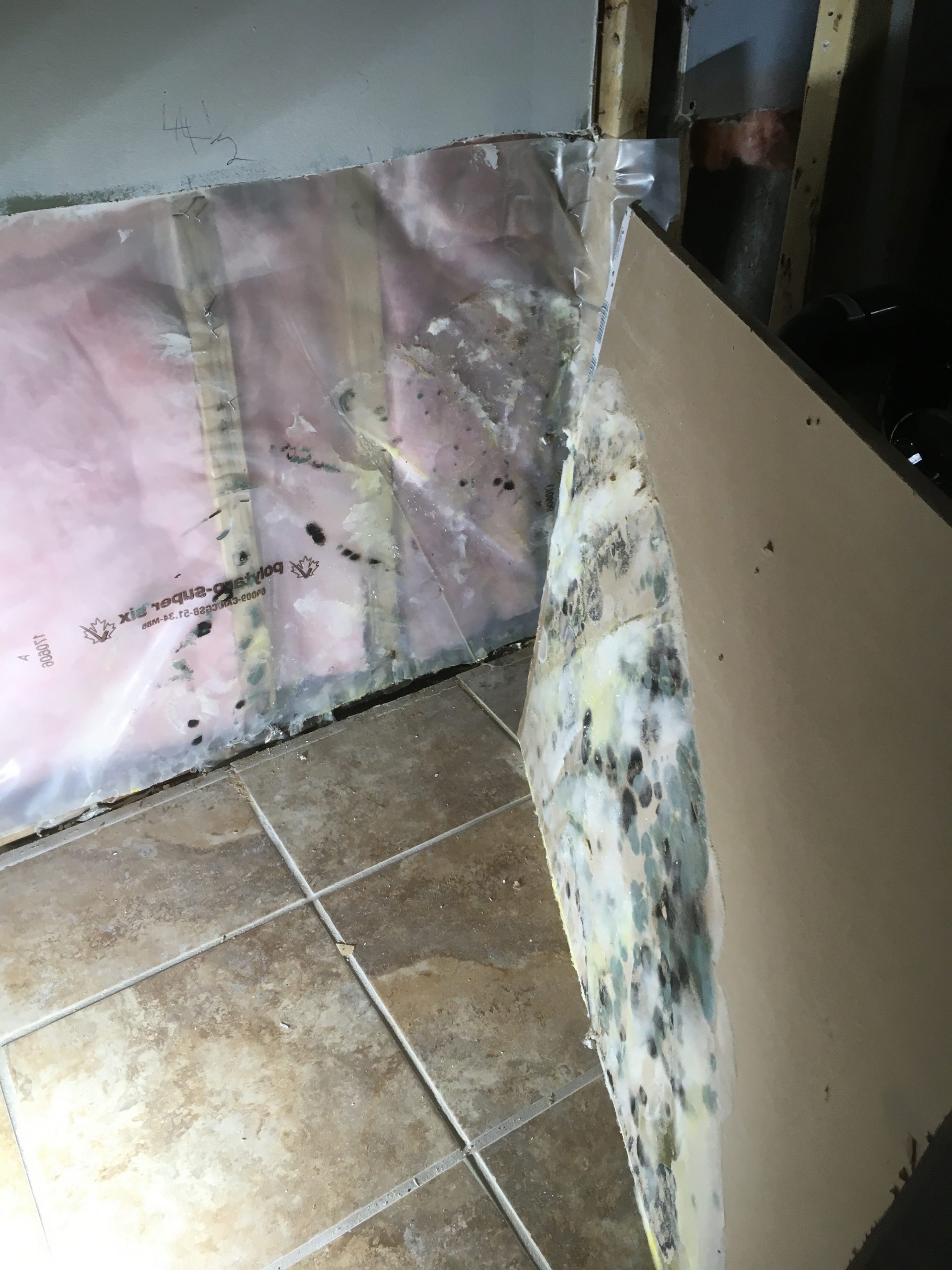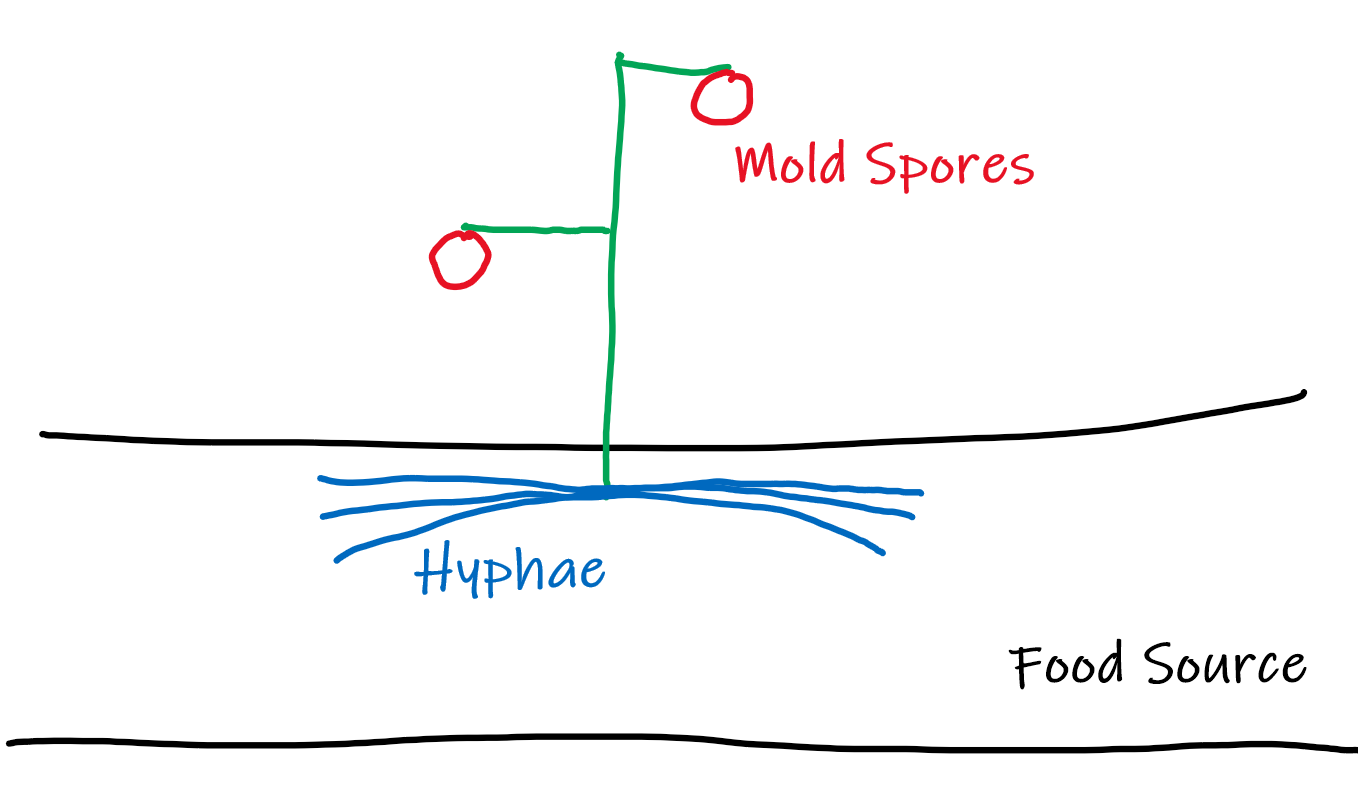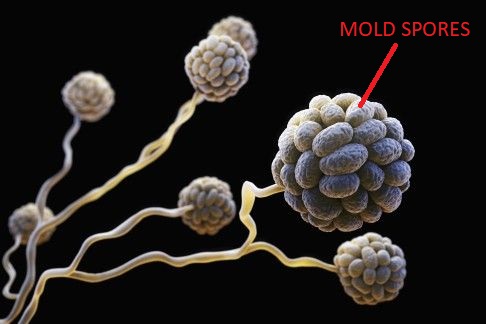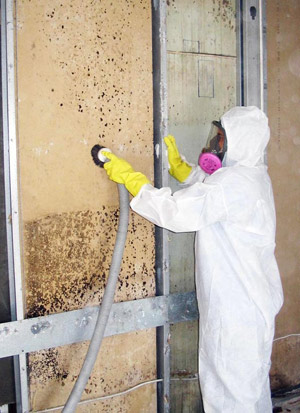I THINK MY HOME HAS A MOLD PROBLEM
I THINK MY HOME HAS A MOLD PROBLEM
Here at WINMAR® Kootenay we often receive calls from homeowners concerned about the presence of a musty odor, spots of mold growth, or concerns with respiratory congestion while at home.
Sun Tzu famously said “Know thy enemy and know yourself; in a hundred battles, you will never be defeated.” In order to understand how to address indoor mold concerns, we first must understand mold itself. So grab a cup of coffee, sit back, and lets learn a little bit about this fascinating tool of nature we call mold.
Imagine a world where you walk through the forest and every tree that has reached the end of its life has fallen over but still lays on the forest floor. Plants and animals that were once living hundreds of years ago are still lying on the ground, forever preserved in their current state. We would be walking on a layer of dead organic matter hundreds of feet deep. You place your potato peels and eggshells in your composter, and nothing happens. Cheese and penicillin would not exist. This is an imaginary snapshot of a world without mold.
Mold is a type of fungus that plays an integral role in nature, which is to decay anything that was once living and has died. When a tree that was once alive has fallen down in the forest, provided with the right conditions mold will start to grow on the tree and over time decay it until you never knew it was there.
The process mold decays matter is called absorption, which simply means it requires three things – Food, water, and air. This is different from plants which consume nutrients through synthesis which requires light as well, which explains why we often find mold in the darkest corners of our home, such as behind drywall, in our basements, or inside crawlspaces.
If you were to look at a mold spot on your bread under a microscope, you would see small tree-like structures with roots, a trunk, and tiny seeds on the top. The roots are called hyphae, and the seeds are called mold spores. As the hyphae gradually inch their way into the food source seeking nutrients, they facilitate the production of mold spores and like a dandelion release the spores into the air. The airborne spores land on another part of the object being decayed, grow roots of their own, a trunk, and create more mold spores and the process repeats. This positive feedback loop is why the mold “spots” if left alone will grow larger and larger each day at an exponential rate, eventually engulfing the loaf of bread and over time fully decaying it.
Because mold is all around us, mold spores are everywhere. Unless you are reading this from the operating room of your local hospital which we hope you are not, you just breathed in mold spores. Wait a few seconds… Yep, there’s a few more.
But wait a minute, if mold is in the air I breathe outside then why am I bothered so much by the smell inside my home? This is a great observation, and the reason for this is because as mold grows, it releases an odour called microbial volatile organic compounds (MVOC). The reason we are able to smell mold indoors is because in nature the smell dissipates into the atmosphere, whereas our homes are a relatively closed environment thanks to modern construction materials and sealed vapor barriers. These MVOC’s are trapped inside your home and keep growing in concentration as the mold continues to digest the food source, eventually reaching the minimum level at which your olfactory system can pick up on the smell. High concentrations of MVOC’s have been linked to symptoms such as headaches, nasal irritation, dizziness, fatigue, and nausea.
Now that we have a basic understanding of what mold is, why it exists, and why it can be harmful, let us apply this knowledge in a step-by-step investigation to see if our home may have a mold problem.
- Odour
The nose knows. If you smell something musty, walk around your home room by room and by process of elimination see if you can pinpoint the source. If a room smells fine, close the door, and cross it off your list is suspected areas. If you are still not sure, try keeping as many interior doors closed overnight, and then the following morning room by room open the doors and see if the odour has increased in strength. Take note that genetics and prior history with exposure to strong odours may affect your ability to smell. Obtain a second opinion from a neighbor or family member. Women have more sensors in their olfactory bulb, so sometimes ladies are better at locating the source of the odour than men.
- Moisture
Mold requires water to grow. Rooms with high levels of humidity are more susceptible to mold growth such as showers, basements, and drying rooms. Try to recall if there are any areas of your home where you had previous water damage such as flooding or leaky pipes. Check those areas first. Once the suspect area is located, look for visual cues of water damage. Do you notice any water staining, drips, swollen building materials or mold spots? Feel with your hand, do you feel any damp or cold areas on the floor, ceiling, or wall? Moisture meters are effective tools to check the moisture content of building materials and can be purchased at your local hardware store for about $40. What you want to look for is moisture content above 16% which is the lower limit of moisture that will support mold growth.
- Food
Mold requires a source of nutrients to grow. In the area of suspected concern, look for sources of food where mold can grow such as wood framing or drywall paper. Quickly rule out areas where it cannot grow such as on concrete, rocks, and plastic surfaces such as the vapor barrier in your wall.
Conclusion:
We hope this information provides a better understanding of what mold is, and how you can locate it inside your home.
Caution should be taken in choosing to locate the mold source yourself. Individuals who have respiratory problems or are immunocompromised should carefully weigh the risk vs. reward of hiring a mold professional to complete the investigation. We also advise against any removal of building materials such as drywall or flooring unless you are certain that they do not contain asbestos.
Upon discovering or suspecting the presence of mold, hiring a professional mold abatement contractor is one of the smartest decisions you can make as a homeowner to ensure the safety of your family. Some mold species are toxic, and for this reason our technicians are trained in proper remediation procedures and use of respiratory protection in mold environments. Here at WINMAR® Kooteny, we have multiple tools at our disposal to help locate mold sources such as hygrometers, psychometric calculations, infared thermometers, borescopes, advanced moisture testers, and thermal cameras.




